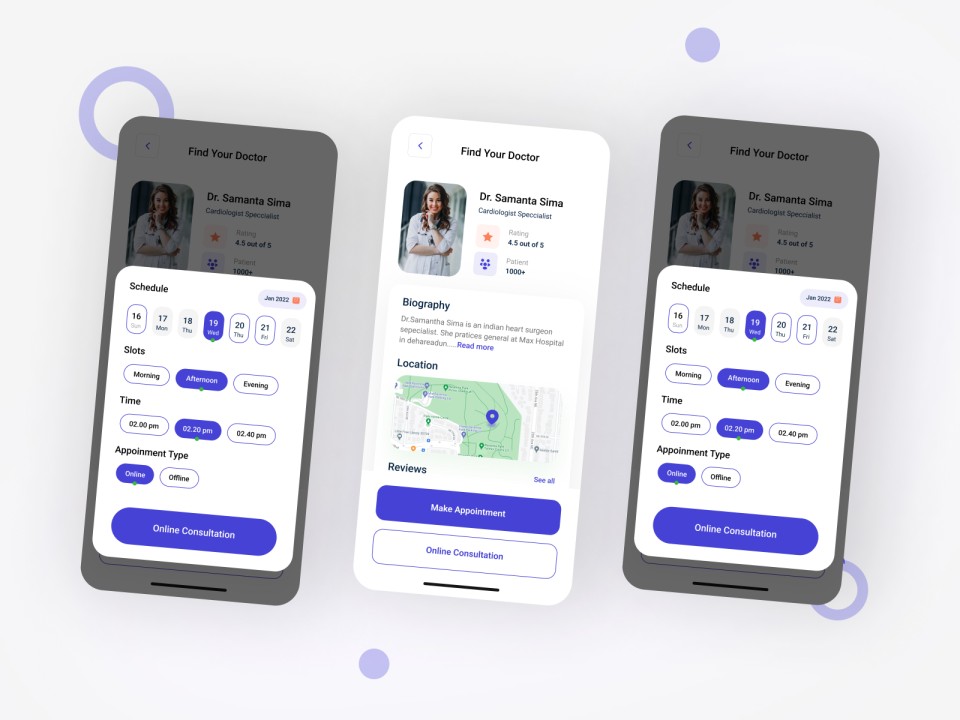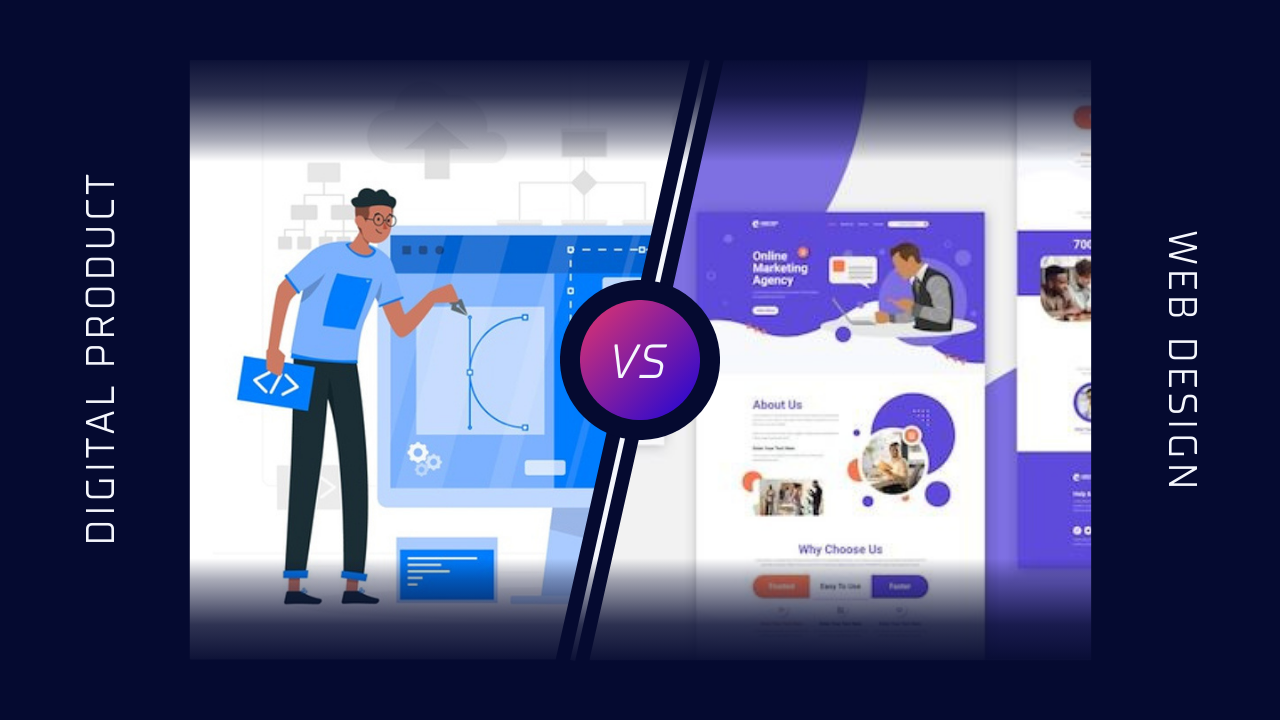In the fast-paced world of mobile technology, user experience (UX) is at the forefront of every successful app. A well-designed app can keep users engaged and coming back for more, while a poorly designed one can quickly lead to high bounce rates and negative reviews. In this blog, we will explore the best practices for creating a user-centric mobile app UX that keeps users satisfied and engaged.
1. Understand Your Users’ Needs
The first step in creating a user-centric mobile app UX is understanding your target audience. Conduct user research to gain insights into their needs, preferences, and pain points. Use surveys, interviews, and data analytics to gather information that will guide your design decisions. This will help you create an app that addresses your users’ needs and solves their problems.
2. Prioritize Simplicity and Intuitiveness
Simplicity and intuitiveness are key to a great user experience. A cluttered interface with too many features can overwhelm users and lead to confusion. Keep your app’s design clean and simple, focusing on the most essential features. Ensure that the navigation is easy to understand, with clear labels and icons.
3. Optimize for Speed and Performance
Users expect fast and responsive apps that work seamlessly. Slow loading times and laggy performance can frustrate users and lead to app abandonment. Optimize your app for speed and performance by compressing images, reducing the number of HTTP requests, and using caching techniques. Conduct regular performance testing to identify and address any bottlenecks.
4. Design for Accessibility
An inclusive app design ensures that all users, including those with disabilities, can access and use your app comfortably. Incorporate accessibility features such as screen reader support, high-contrast mode, and adjustable text sizes. Adhering to accessibility standards not only improves the UX for all users but also helps you reach a broader audience.
5. Provide Seamless Navigation
Seamless navigation is essential for a user-centric app. Implement intuitive navigation patterns such as tab bars, navigation drawers, and back buttons. Use consistent icons and labels throughout the app to guide users effortlessly. Test your app’s navigation with real users to ensure it aligns with their mental models.
6. Utilize Visual Hierarchy and Feedback
Effective visual hierarchy guides users’ attention to the most important elements on each screen. Use color, size, and spacing to create a clear hierarchy and improve readability. Provide visual feedback, such as button states and transitions, to help users understand their actions and the app’s responses.
7. Leverage Gestures and Touch Controls
Mobile apps offer unique opportunities to use gestures and touch controls to enhance the user experience. Incorporate intuitive gestures such as swiping, pinching, and tapping to enable users to interact with your app naturally. Be mindful of the diversity of devices and screen sizes when designing touch controls.
8. Personalize the User Experience
Personalization can significantly enhance the user experience by tailoring the app to each user’s preferences and needs. Implement features such as user profiles, preferences, and recommendations to create a more engaging and satisfying experience. Personalization can also help increase user retention and loyalty.
9. Conduct Usability Testing
Usability testing is a crucial step in creating a user-centric app. Gather feedback from real users to identify pain points, inconsistencies, and areas for improvement. Use this feedback to iterate on your design and make data-driven decisions that enhance the user experience.
10. Continuously Monitor and Update
The mobile app landscape is constantly evolving, and so are users’ expectations. Continuously monitor your app’s performance and user feedback to identify areas for improvement. Regularly update your app with new features and design enhancements to keep users engaged and satisfied.
Conclusion
Creating a user-centric mobile app UX requires a deep understanding of your target audience and a commitment to continuous improvement. By prioritizing simplicity, performance, accessibility, and personalization, you can design an app that delights users and drives long-term success. Keep in mind the importance of usability testing and regular updates to stay ahead in the competitive mobile app market. By following these best practices, you can level up your designs and create an exceptional user experience that sets your app apart from the competition.
















